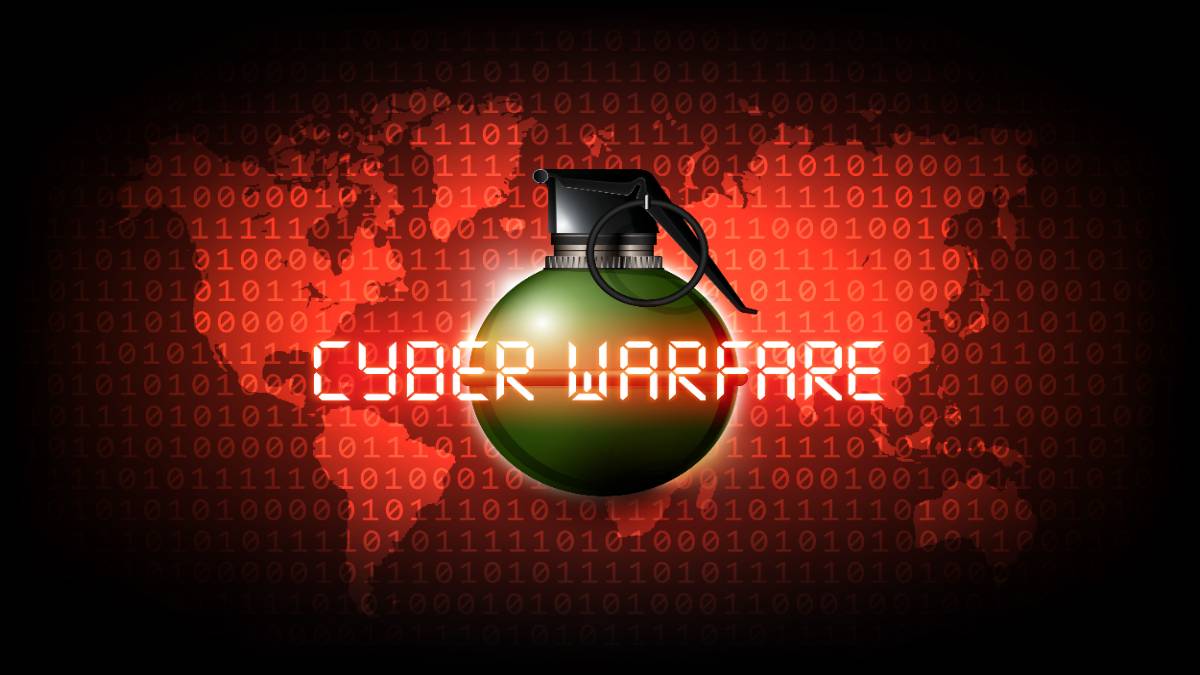Understanding EMR Audit Trails is essential to a patient’s medical history In medical malpractice litigation. The Health Insurance Portability and Accountability Act (HIPAA) requires that the Electronic Medical Records (EMR) maintain an audit trail including all of the metadata. This EMR audit trail is a piece of highly relevant evidence as to who accessed what in the record, what entries were made and/or changed, by whom and when. Computer Forensic experts are key to effective electronic discovery during medical malpractice litigation.
How do hospitals record, protect, and store data? HIPAA sets the guidelines for the most highly sought after information by the world’s best technology hackers. Medical records are worth 4 times more than credit card information. Managing Personal Healthcare Information (PHI) places Healthcare facilities at risk of cyber attack 24/7, 365 days a year.
Check out this video with Enigma Forensics, President & CEO, Lee Neubecker, and John Blair, a noted Healthcare Industry Cyber Security Expert where they discuss the importance of protecting Personally Identifiable Information (PII).
Understanding EMR Audit Trails video transcript follows:
This is the third of the last video in the three-part series on Health Care Industry Cyber Threats:
Watch Part 1, Watch Part 2
Lee Neubecker: Hi, I have John Blair, a cyber security expert in the field of healthcare, and John is also involved with understanding patient medical, electronic medical record (EMR) audit trails, so I asked him to come on the show and talk a little bit about that with me. John, thanks for coming back on the show.
John Blair: Thanks, Lee. Glad to be back.
LN: So John, can you tell everyone a little bit about what HIPAA requires of healthcare organizations as it relates to tracking data of caregiving and the patients?
JB: Sure. Most of this is obviously directed at hospitals, but HIPAA also has things called business associates, and any interaction from any entity with, or any user with, PHI is going to be subject to these audit logging. Hospitals use systems called EMRs, so generally those, the audit trails are built into the EMRs by default, but obviously entities can turn those off if they so choose or configure them differently. HIPAA requires that you pretty much log any interaction, whether it’s read-only, view-only, edit, whatever that interaction might be. Identify the user, identify the time, what was done to the record, and that has to be maintained for several years. So it doesn’t matter what a user does with the record. Even if they just view it, that counts as a valid interaction and has to be logged and maintained.
LN: In fact, all of these hospital software systems out there have to be HIPAA compliant, or else the hospitals wouldn’t be able to use the software packages. Isn’t that true?
JB: Right, right. There’s a lot of federal regulations regarding that, that the standards that these systems have to meet in order to get refunds or rebates from the government.
LN: So Medicare funding, reimbursement, obviously is important.
JB: All of that stuff. And audit logs of user activity and interactions, or any interaction with PHI, is a critical component of that.
LN: You know, what I’ve seen is sometimes despite the software packages being EMR, audit trail compliant, that there’s the ability for the software that’s deployed to be altered so that the audit trails aren’t retained as long as required by law.
JB: Yeah, sometimes the storage of the audit logs, it can be overwhelming. So oftentimes they are archived offsite or inappropriate access is given to the audit log itself. And then it possibly can be changed, which ruins the integrity of the log, obviously, and that would be a very bad thing should something come up down the road and you needed that log.
LN: Yeah, and certainly, someone who has the master database administrator password to that back-end system, they could do whatever they wanted.
JB: Yup. But there’s supposed to be logs of that activity, as well, and reviews of those logs, but you’re absolutely right. If you’re an administrator, you can do a lot of damage.
LN: Yeah, I’ve assisted clients before involved in litigation, medical malpractice litigation, with just seeking the truth of what’s there in the records. Most of the time, they think many hospitals are compliant and do have those audit trail records.
JB: Absolutely.
LN: But, they don’t necessarily want to make that data readily available.
JB: No, they don’t. And it depends, it’s a case-by-case scenario, under the advice of counsel and things like that, but it’s very, very sensitive information, and obviously, it’s a public relations nightmare to have a breach of patient data, so they take those things very, very seriously.
LN: Absolutely. So can you tell everyone what PHI stands for?
JB: It’s Protected Health Information, as defined by HHS, there are 18 very specific fields that comprise PHI. PHI is a subset of PII, which is Personally Identifiable Information, but with respect to healthcare, it’s primarily PHI that we’re worried about and those 18 identifiable fields.
LN: Why would hackers want to target health care records?
JB: It’s far more valuable now than several years ago, it was credit card information, basically for year after year. Now, the credit card companies and technology with respect to how quickly a card can be replaced and deactivated. And so, just more money in it to steal medical information. And there’s more flexibility, as well. You can go get drugs, you can do a variety of things, whereas, with the credit card, it’s just money.
LN: If people wanted to launch a targeted scam on individuals, certainly having records that would enable them to filter patients that have Alzheimer’s, might give them an unfair advantage at duping people out of their savings.
JB: Absolutely. Because generally if you get someone’s entire record, you’re getting everything about them: their Soc number, their address, phone numbers, relatives, I mean, all this information is now at your disposal. And loans can be taken out in their names, it’s just a disaster waiting to happen.
LN: So Electronic Medical Records, known as EMR, represent an important target that hackers seek, because of the value of that information, and the uniqueness.
JB: Yup. The price of those records, per record, now varies, but I believe it’s in the $150, $200 range per record if it’s a breach now, and laptops can hold hundreds of thousands of records. So it can be very, very expensive.
LN: But it seems that this is a problem, too, that it isn’t just localized to any one area, it’s universal.
JB: Yeah, it’s across the board. Anyone dealing with PHI has this problem.
LN: How does the cost of a patient medical record compare to a credit card record, compare to the black market?
JB: Yeah, for the last several years, medical records have gained in value every year, while financial records, credit card information have devalued. And it’s to the point now where medical information’s worth four times as much as financial information. And that’s only increasing.
LN: So does that mean that people that work in the healthcare sector in IT and security are going to get paid four times as much as the people of the financial sector?
JB: I wish.
LN: Well, thanks again for being on the show, this was a lot of good stuff. I appreciate this.
JB: Thanks, Lee, appreciate it.






